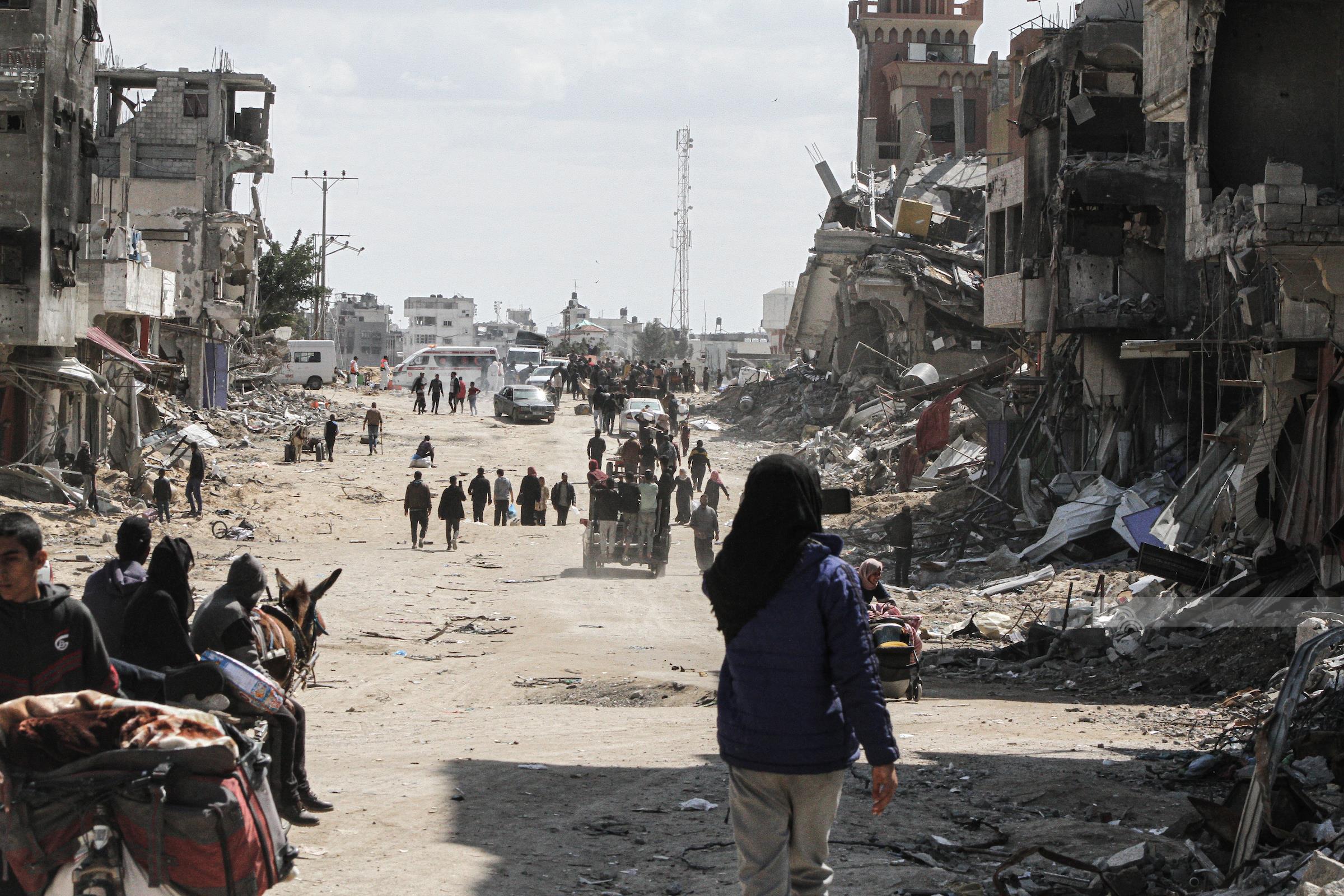RAMALLAH, Tuesday, April 30, 2024 (WAFA) – On the occasion of International Workers' Day, Ola Awad, President of the Palestinian Central Bureau of Statistics (PCBS), unveiled a sobering portrait of the Palestinian labor force in 2023, highlighting the devastating impact of the ongoing Israeli aggression on the Gaza Strip since October 7th, 2023.
Awad's presentation illuminated the bleak reality facing Palestinians, particularly in Gaza, where the suspension of the economy has rendered discussions on labor force properties impractical. The Israeli occupation aggression has raised unemployment rates to unprecedented levels, soaring to 75% in the 4th quarter of 2023 from 46% in the preceding quarter.
The ramifications of the Israeli aggression have reverberated beyond Gaza, casting a shadow over the West Bank. Despite being less affected, the West Bank has not been immune to the fallout, with increasing restrictions and tightened control exacerbating economic woes.
The closure of roads between governorates, coupled with prohibitions on workers accessing their jobs in 1948-occupied territories, has further stifled economic activity.
In the West Bank, the number of unemployed individuals surged to 317 thousand in the 4th quarter of 2023, compared to 129 thousand before the Israeli aggression. Unemployment rates skyrocketed to approximately 32%, with both males and females bearing the brunt of the crisis.
The decline in the number of employed persons paints a grim picture of the labor market's deterioration. Between the 3rd and 4th quarters of 2023, the West Bank witnessed a decrease of about 203 thousand employed individuals, plunging from 868 thousand to 665 thousand.
Israeli-imposed closures have compounded the plight of Palestinian workers, with a drastic reduction in employment opportunities in Israel, with the number of employed persons in Israel plummeting from 147 thousand to a mere 17 thousand.
The private sector emerged as the primary employer, absorbing the bulk of the workforce. Of the 665 thousand employed individuals in the West Bank, 67% were engaged in the private sector, compared to 28% in the public sector.
However, the labor market's resilience is tested by the prevalence of informal employment, which accounts for over half of employed persons in the West Bank. The lack of rights and benefits afforded to informal workers underscores the vulnerability of a significant segment of the workforce.
Despite the challenges, the Palestinian government has taken steps to address the crisis, including setting a minimum monthly wage of 1,880 NIS. Nevertheless, a significant portion of wage employees still earn below this threshold, with 15% receiving wages insufficient to meet basic needs.
M.N













